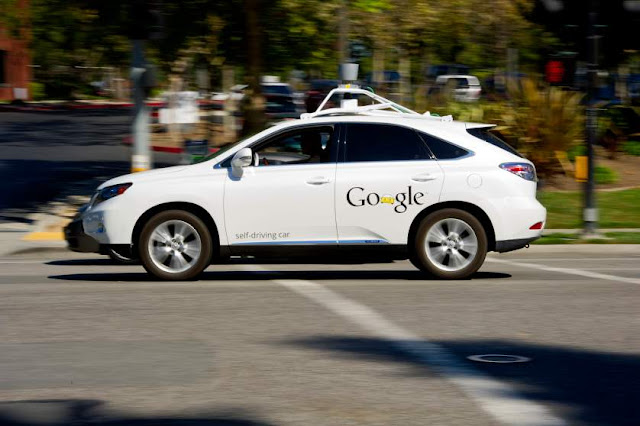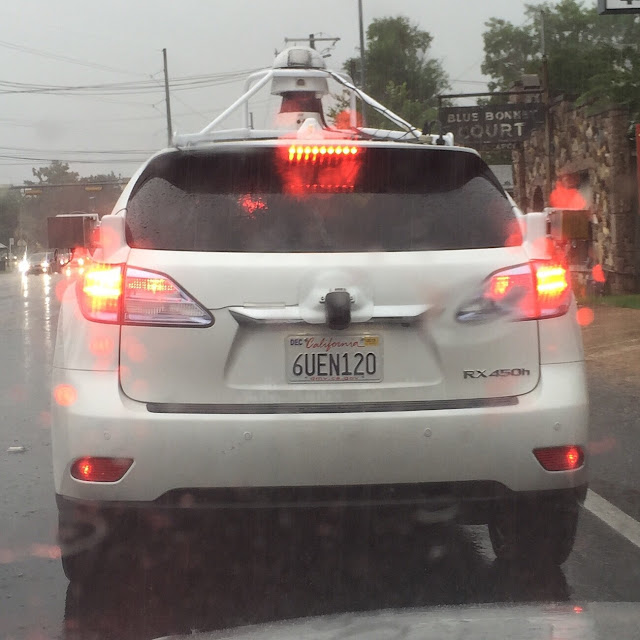Ever wondered why Google has not partnered with any of the major auto car makers on automated driving, despite hinting many a time that it would seek partnership for that.The search giant secretly founded and registered another company that's been making its own self-driving cars, the ones it is currently testing in Austin,Texas and California-- it is called Google Auto. Google Auto is based in California, the state where the company is headquartered, according to the Guardian.
Documents obtained by the Guardian under a Public Records Act request in California show that Google Auto was formed as a limited liability company in late 2011. Initially, Google used it to modify and test the fleet of driverless Lexus SUVs that succeeded the company’s first self-driving Prius saloons. Google Auto is named as the manufacturer of all 23 autonomous Lexus cars registered with California’s department of motor vehicles, including all the vehicles involved in a recent spate of minor accidents in and around Google’s home town of Mountain View.
But as Google’s ambitions for its self-driving technology grew, so did Google Auto’s role. In late May last year, Chris Urmson was appointed manager of Google Auto, taking control of day-to-day operations of the company. The very next day, Google announced that it was going to build 100 prototype self-driving cars from scratch, without steering wheels, accelerator or brake pedals.
It was Google Auto LLC that applied for the international vehicle identification number (VIN) codes to identify each new self-driving car, just like any other production vehicle. Google Auto also liaised with America’s National Highway Traffic Safety Administration (NHTSA) and organised emissions testing in California. To avoid onerous safety requirements and crash tests, Google Auto’s cars would be lightweight low speed vehicles (LSVs), capable of a top speed of only 25mph.
Paperwork filed by Google Auto with the NHTSA, and seen by the Guardian, indicates that the cars are rear-wheel drive in design, with each wheel having its own braking system. The cars are powered by a modest 20-30kW electric motor from a lithium ion battery. All the cars built so far have been assembled on the outskirts of Detroit, Michigan, by Google’s manufacturing partner, the engineering firm Roush
In correspondence with Mark Rosekind, administrator of the NHTSA, Urmson insisted, “Google Auto LLC has not offered any of its LSVs for sale, and it does not plan to do so.” This is not surprising. With Google so far ahead of other car makers in developing self-driving systems, it would be unlikely to market experimental vehicles packed with cutting-edge technology.
However, that does not rule out Google Auto from selling driverless cars direct to the public later on. In fact, says Sebastian Thrun, the computer scientist and engineer who launched Google’s self-driving car project: “The ambition for Google is always to go all the way [from research] to product.”
Google has not formed subsidiaries for other hardware projects originating in its secretive Google X division, such as the Google Glass wearable computer. That could be telling, believes Anita Krug. “It could well be the product of Google’s anticipation for the success of the company, that at the get-go they started it with a different company,” she says. “The thought might have been, let’s have a wholly owned subsidiary now and maybe if it does succeed, we can just spin it off into its own company.”
Credit theGuardian


